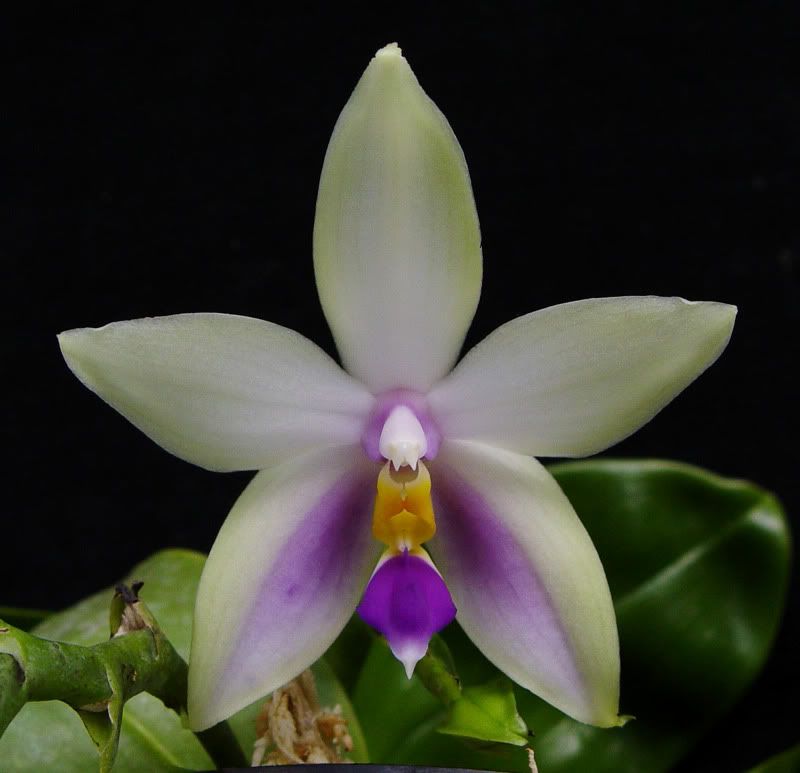From appearance, this looks like a valid Phal bellina because Phal Samera would have a wider area of the coerulea pigments.
The origin of this flower is from Malaysia. Taiwanese nurseries made sib cross of selected flowers from a flask purchased from a Japanese nursery. And the Japanese nursery imported flasks from Malaysia.
Then it comes from a close friend of me in Malaysia

Samera selfings can give F1 that look anywhere from bellina to violacea, and F2 could well look like straight bellina with very minor differences, like the fake paphiopedilum primulinum in the trade...
Clones and seedlings of blue bellina are available for $35 or less.
In a few more years when fewer people are propagating this variety - the price will go up because it is scarce/rare.
If you can get seeds and they are produced oversea - the cost is cheaper and you can make many plants available at affordable price. Here in the US - cost of flask/shipping is much higher so fewer people are willing to make many seedlings of one species.
No, in fact the first flasks of bellina coerulea from Krairit were sold for 15000THB, and in Malaysia was over a thousands ringgit. Then they made more, and more, and they dropped the price, plus the buyers already had propagated the flasks. But the first flasks of selfings were really very expensive ( like stonei var. album, before it was 1500USD for a flask of 5 seedlings, this year only 150USD/25 seedlings apparently...)
The phals flasks, the price can crash immediately, if some people get the flasks, even of exceedingly rare forms, they send back the flask to another (rogue) lab in Thailand, and you can get a flask of 40 Phalaenopsis clone for 200THB. If the flask you gave had protocorms still inside, it is only 110THB to get as many flasks out of a single expensive flask... That's the danger of the rare forms of Phalaenopsis.
For violacea alba from Malaysia, apparently there are no pure ones, and that's the Malaysian breeders that say that themselves, even during private talks.
They found only two jungle plants, one found by Michael Ooi, that bloomed and died, but was crossed onto several things ( including micholitzii...), and another wild one found about 7 years ago, from Cameron Highlands.
The hybrids with micholitzii in the background were propagated and sold everywhere, some look like great violacea alba, now for the violacea alba, there has been a gap between the 80's, where violacea alba was found and died the first time, and the middle of the 90's where Malaysia nurseries started to sell a lot of 'violacea alba' flasks. No one will ever know for sure if there are violacea alba in cultivation, or if they are all hybrids.
We should just sometimes enjoy the plants and not try too much to understand, especially with phalaenopsis... Many 'wild plants' sold were not from the wild, and many seedlings were Fx's of hybrids, this for ages as phalaenopsis are easy to flask and propagate, so we will never be able to know for sure.







